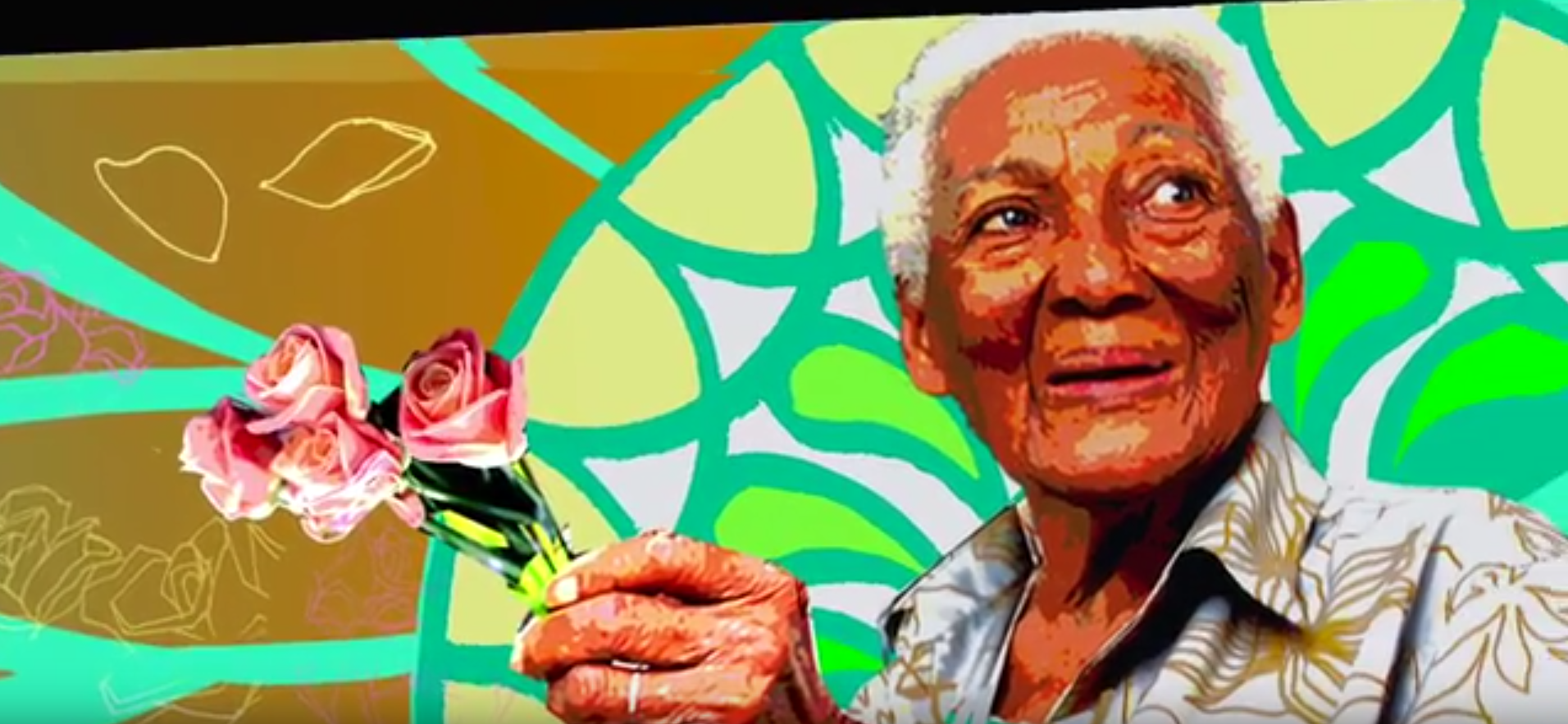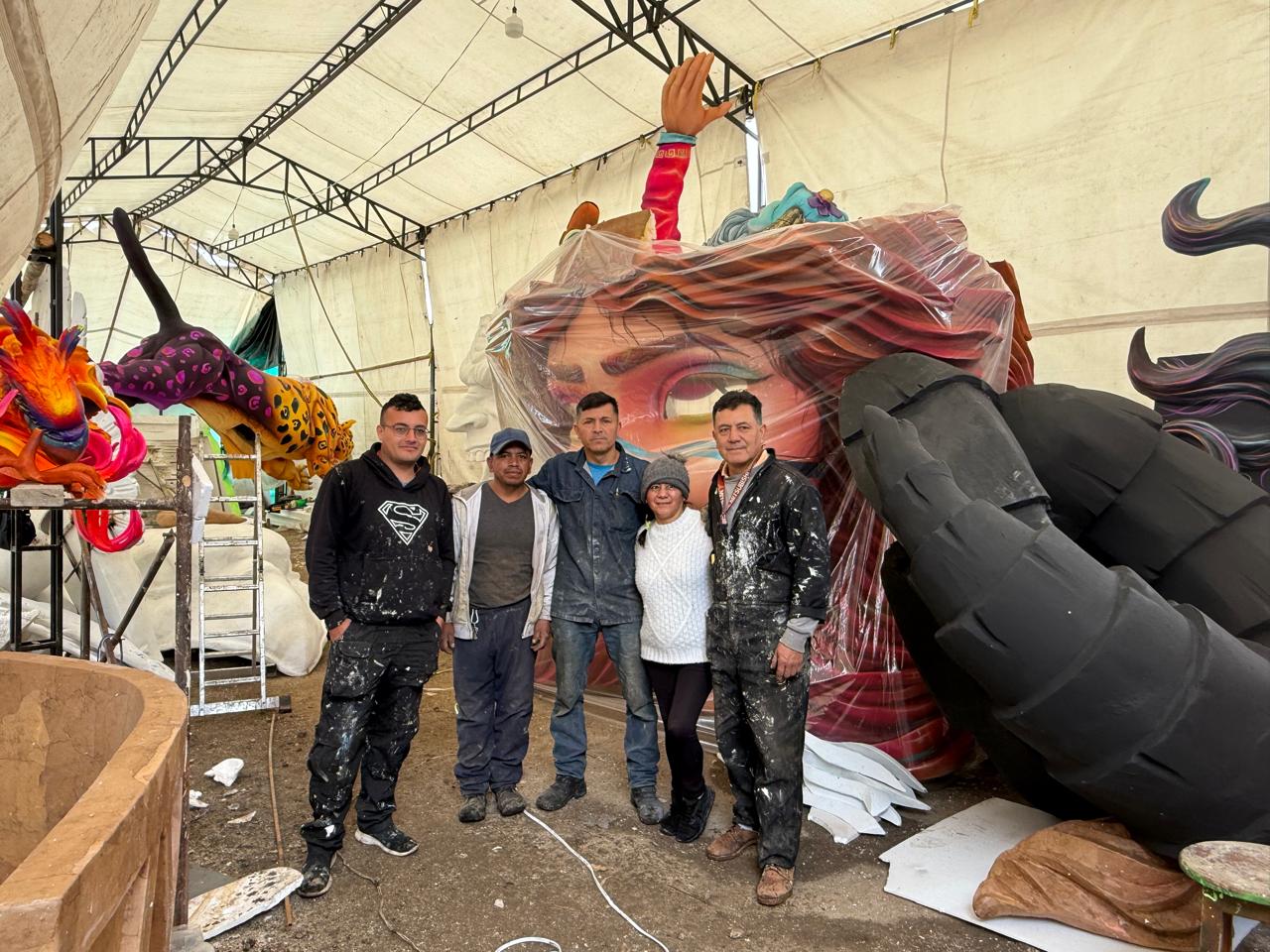
'Reflejos de mi Barrio' a community project uniting Cuba
At a time when American cruise ships and investors are gliding into Cuba for the first time in decades, Philadelphia-based muralist Michelle Angela Ortiz is more interested in honoring and preserving the rich artistic traditions of the island than introducing free commerce to the communist country.
At a time when American cruise ships and investors are gliding into Cuba for the first time in decades, Philadelphia-based muralist Michelle Angela Ortiz is more interested in honoring and preserving the rich artistic traditions of the island than introducing free commerce to the communist country.
Her role as cultural ambassador to Cuba is not one she takes lightly. Ortiz was selected by Meridien International Center, a nongovernmental organization in D.C., to create large-scale public works in central Havana and smaller municipalities throughout the island. The goal was to “increase understanding and strengthen relationships between the U.S.” and Cuba, Ortiz says, a task she accomplished by leading workshops and inviting dozens of local artists and community members to help her complete several murals.
The first, called “Somos Regla,” spans the width of 55 feet along a formally barren wall in the borough of the same name. Ortiz describes the small neighborhood as a “deeply spiritual place” filled with colorful altars and deteriorating homes. Residents in Regla are poor and struggle to access water. Despite poverty, it is “filled with light and life,” Ortiz says.

“It is a place where people naturally gather, but there are no cultural resources there,” she explains.
Regla rests a ferry ride across the harbor from Habana Vieja, approximately the same distance as Camden from Philadelphia. It is an industrial port with a large thermonuclear plant and shipyard. Local lore says Cuban poet Jose Marti gave his first political speech at the Lyceum Regla sometime in the late 19th century. But Regla is also home to something much more ancient —it is the center of Afro-Cuban religions such as Santeria.
The town’s black Madonna, known as La Virgen de Regla, has ties to the Santeria goddess Yamaya, who is considered the mother of all things. With its bold colors and local imagery, this rich tapestry is woven into Ortiz’s mural.
The main piece features a young boy fishing, another riding a bike and la Virgen, adorned in a blue gown and surrounded by yellow rays, hovers in the center of it all. The bright blue hues of the mural reflect the neighboring harbor and greater ocean surrounding Cuba. A small ferry connects Regla to Havana and, metaphorically speaking, Havana to the outside world. Meanwhile, the image of a white church and a brown hand holding a candle connect Catholicism to Santeria.
“There is this duality of religion – there is a strong following of Yamaya and there is a strong following of the church and of the state,” Ortiz says. “You see it in central Havana but it is incredibly common in Regla.” Ortiz says the hand holding a candle also speaks to Cubans’ hope for a brighter future and their unwavering belief that every person has the power to shine light even in the darkest of times.
This sense of community inspired Ortiz and informed how she chose the location of this mural. Residents of Regla, with their water scarcity and lack of resources, come together at least once a week for an open mic session, or Peña, hosted by hip hop group Obsesión.
The site is so ubiquitous that First Lady Michelle Obama sent an all-star delegation, which included Smokey Robinson, Alfre Woodward and Usher, to visit the area in April.
This kind of attention is causing many people around the world to wonder how an open border will shape Cuba in the future. The country’s contrary politics and refusal to capitulate to American demands has only made it more enticing to would-be tourists and business people looking for the next big thing.
Ortiz’s work seems to reflect the opposite. When she first visited Cuba in 2014, the tiny island nation was still processing news that American tourists would be setting foot on their shores for the first time in decades. Cubans, who had remained largely insulated from American exports such as wireless internet and social media, were just starting to flirt with free market commerce and their new ability to sell personal property or open small businesses.
Now, Ortiz is able to keep in touch with Cuban friends through Facebook. And Airbnb offers accommodations for tourists yearning to get that local flavor while exploring the island.
“Every time I go, I’m learning more and more,” Ortiz says. “I really try not to have a stance of ‘This is how we are. This is how we do things in the United States.’ I try my best to learn and listen and to understand.”
During her stays at one of the new Airbnb listings, Ortiz became intimately acquainted with the four television channels broadcast in Cuba. All of them tout Cuban history, Cuban accomplishments and Cuban politics. In the United States, we would probably call that propaganda. In Cuba, it keeps residents proud of their heritage yet isolated from the outside world.

In Havana, too, billboards feature heroes of the revolution. Images of Che Guevera and Fidel Castro greet visitors upon leaving the airport. There is a sense of always looking back, instead of honoring what is present.
This disconnect intrigued Ortiz and inspired a second mural in Regla. It is a portrait of a young, Afro-Cuban girl named Carla. She is peeking around a wall, smiling in her school uniform. On the surface she is greeting visitors to Regla, but Ortiz says her image highlights something more powerful.
“The fact that we’re honoring and reflecting the beauty of an Afro-Cuban girl is revolutionary in a way that is not so direct as writing a political message,” Ortiz says.
“It’s powerful to reflect the image of someone from the community instead of [someone like] Che.”
Regla responded en masse to Ortiz’s work. She hired 30 volunteers and two local artists to complete the murals. She says community support was overwhelming, but Ortiz’s continued vision has run into some difficulties. She is still waiting for approval for a second project to be completed in central Havana. The bureaucratic process is tedious even by American standards. The design, which was first submitted in winter, is still under review. Two separate agencies must sign off: the Advisory Council for Monumental Sculpture Development and the Ministry of Culture.

Despite setbacks, Ortiz remains hopeful that her design will be approved and that she will return to Cuba this year. It’s easy to blame the government for overreaching, but Ortiz says federally sanctioned art is still new to Cuba. Many of the existing murals are painted on people’s homes and have a temporary shelf life.
“Street art is everywhere here – muralists, graffiti artists, the Philadelphia Mural Arts program,” she says.
“The issue of public space is much more challenging in Cuba.”
Still, Ortiz does not want to dwell on what could go wrong with her work abroad. Instead, Ortiz is focusing on bringing those she met in Cuba to the United States via her personal photos and videos. Her multimedia work offers tiny glimpses into life on a small island rather than life in a communist country.
“If we’re reestablishing our relationships with Cuba, we need to be really sensitive and thoughtful about how we’re reengaging the community,” she says.
“I made a conscious decision to stay on the positive side of what [my work means] and what we’ve accomplished. It’s not a big feat, but it is a small step.”











LEAVE A COMMENT: